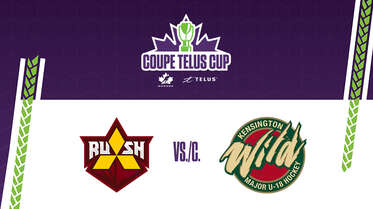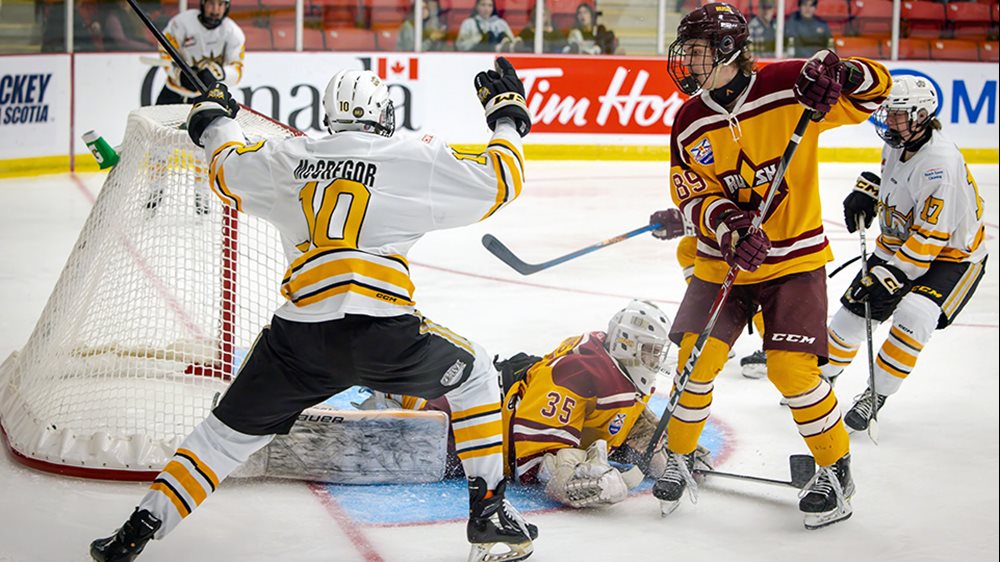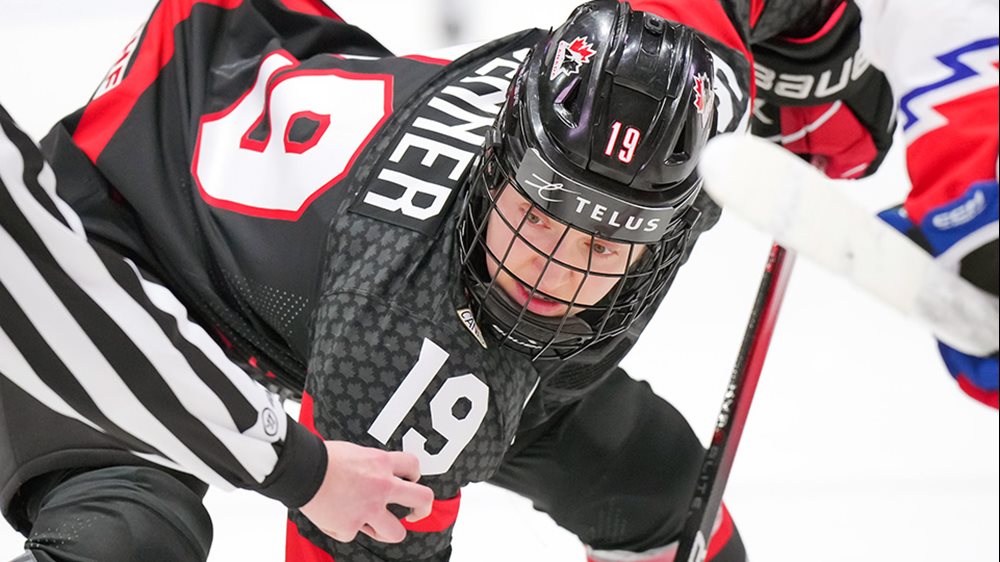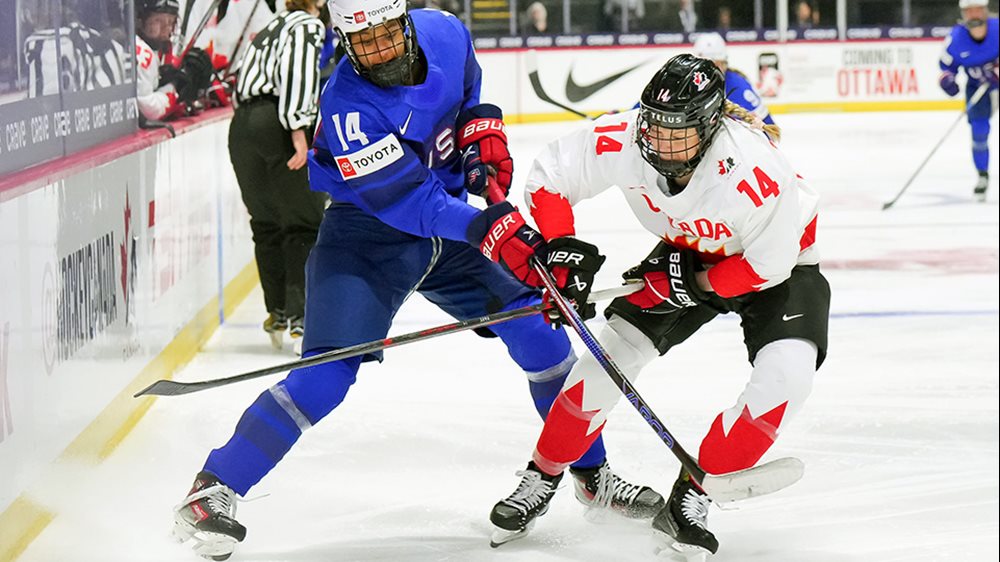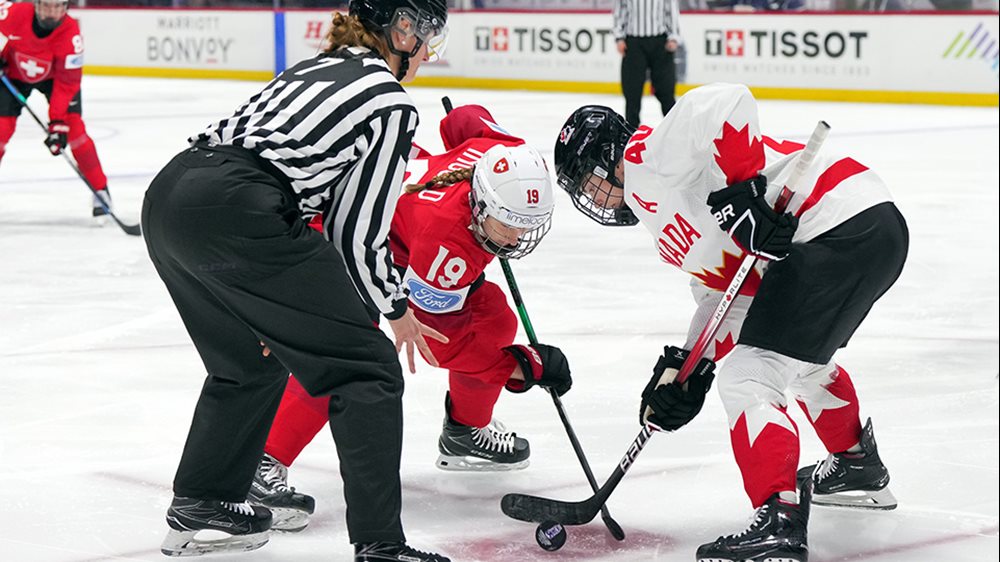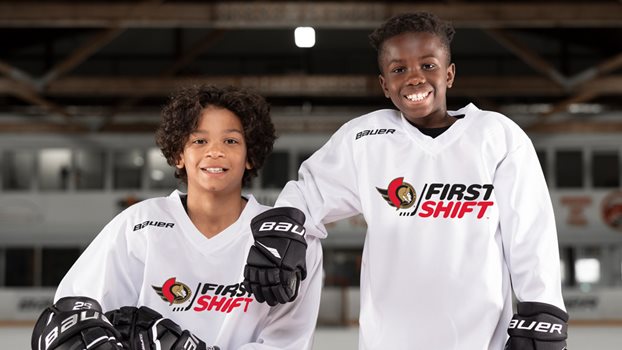
Sharing the passion
As one of the few Black players in her league, Willa Evans is excited to share her love of hockey with youth in Nova Scotia’s first NHL/NHLPA First Shift BIPOC program
As a young Black player growing up in Truro, N.S., Willa Evans struggled to find other youth that looked like her when she first got involved in the game.
“Growing up, my classmates were never like me. My teammates were never like me, and my coaches were never like me in that sense, being Black,” the 17-year-old says.
Now captain of her U18 AA team and the first Black captain of the Fundy Highland Female Hockey Association, she finds time to travel one hour each week to volunteer with Hockey Nova Scotia’s Black Youth Ice Hockey Program as a junior instructor. When she heard the province would be hosting its first BIPOC session as part of the NHL/NHLPA First Shift program, Evans jumped at the opportunity to volunteer.
“I’m really glad that the youth now have a chance to participate with people that are like them,” she says. “All the opportunities that these young kids have is very exciting for me to watch… with all of the different ways that they can get together and help the young youth get better together as the Black community.”
Evans wasn’t the only one who wanted to be involved with this program. There was an “overwhelming response” of volunteers, according to Dean Smith.
“I think it’s amazing,” says Smith, who is the chair of Hockey Nova Scotia’s Diversity and Inclusion Task Force. “The more people who are enrolled, the more members of the BIPOC community in dressing rooms, on the ice, in the officiating ranks, in the coaching ranks… it makes a huge difference. It’s role models for them to live up to.”
Along with the influx of volunteers, there’s also been lots of positive feedback from local hockey associations in the province, including requests to host their own NHL/NHLPA First Shift BIPOC program.
“We’ve had some comments about players wanting to play with kids that look like them, and that’s what these opportunities really do,” says Brad Taylor, technical director for Hockey Nova Scotia. “It’s the ‘see it is to believe it,’ really, so it’s great we’re able to do that and make that education and awareness piece within our ranks.”
“Every child, regardless of race [or] economic background, should have an opportunity to play [hockey] and love and enjoy, and that’s what we’re trying to create for these kids,” Smith adds.
Although it is a six-week program, the goal is for the hockey journey of the 30 participants to continue. Taylor says Hockey Nova Scotia is ready to support each participant and encourage them to sign up for minor hockey in the fall.
“It’s so important for these kids to continue to play,” he says. “Our goal would be to make sure we make it an easy transition.”
With dreams of becoming a coach and a teacher when she’s older, Evans is excited to get to know each of the young participants in the program.
“I want to teach young kids, so I love getting the experience of working with children,” she says. “I love their mentality. They’re always like ‘Yeah, I can do it,’ and it honestly makes me feel more confident being their coach and hearing them say that they can do it.”
National Women’s Team forward Sarah Nurse, who is on the ice in Beijing at her second Olympics, has been an inspiration to Evans throughout her hockey career. As a volunteer, she’s looking forward to the possibility of inspiring the lives of the program’s participants.
“To be one of those young kids’ role models… I don’t even know how to describe it. I’m just wowed by the fact that I’m old enough to be a role model,” she says. “I’m just absolutely excited to start working with these young kids.”
Over their six sessions together, Evans will have the opportunity to help develop the young participants as hockey players. But if there is one thing she hopes they will learn from the program, it’s her passion for the game.
“I just hope that they take from me the love of hockey and the amazing experiences they will get with hockey, and just them not giving up because times are hard,” she says.
“With us getting a whole bunch of opportunities for these young kids, I feel like they will want to help out when they’re older with their kids… I feel as if we are growing as the Black community in Nova Scotia and I feel like this is making us very much stronger.”
For more information: |
- <
- >

